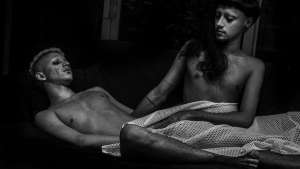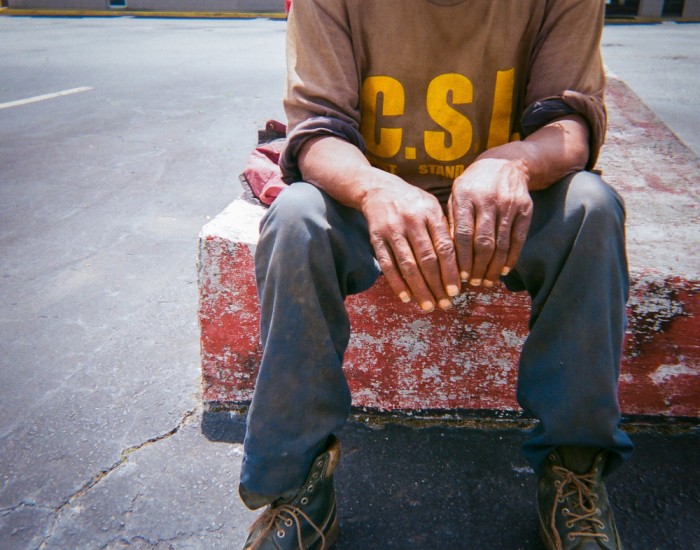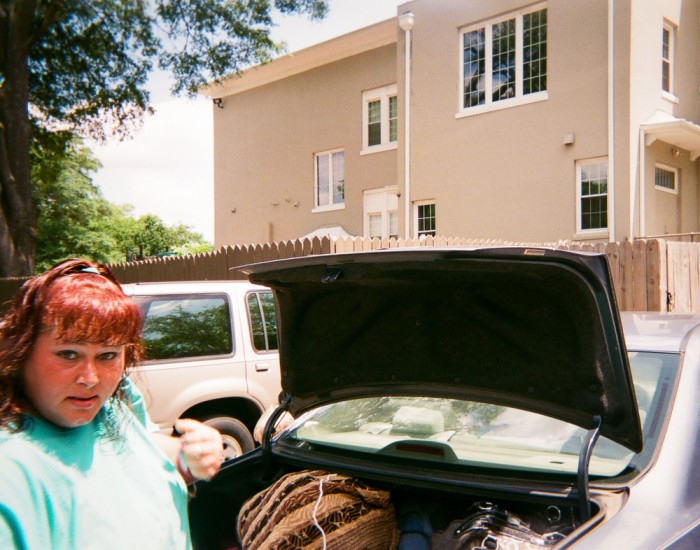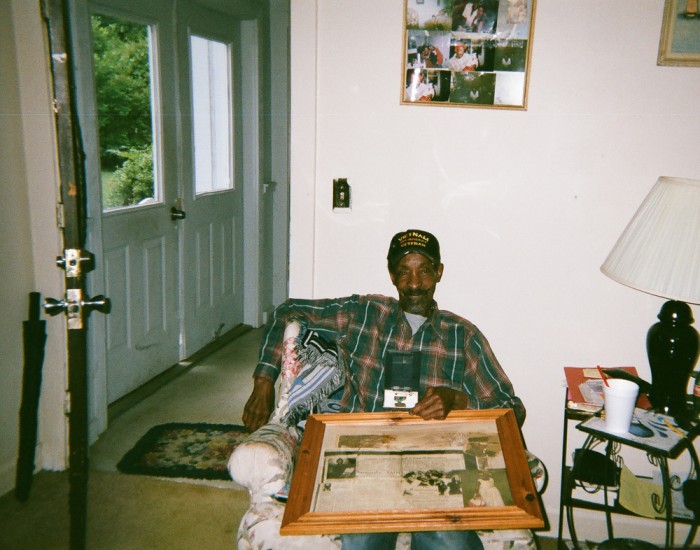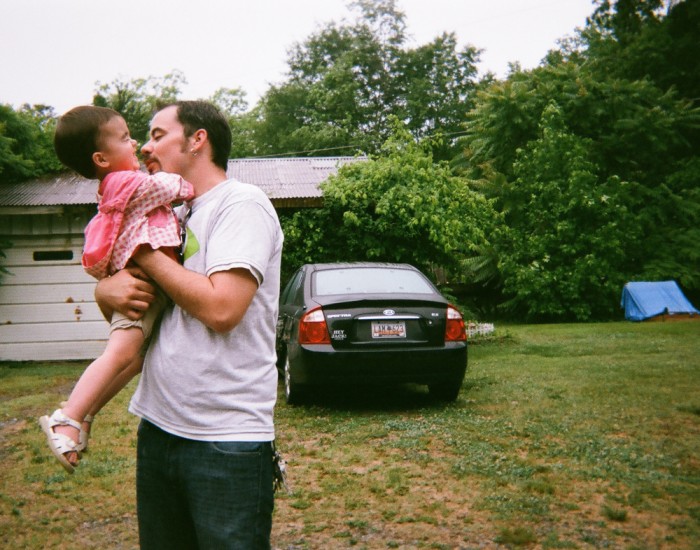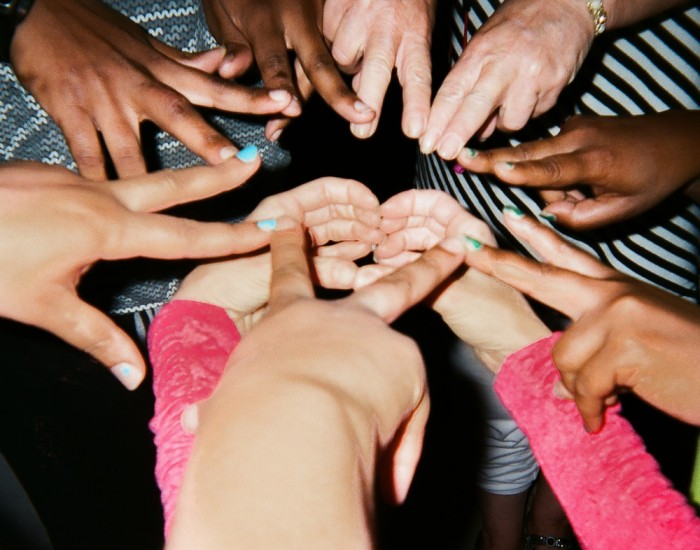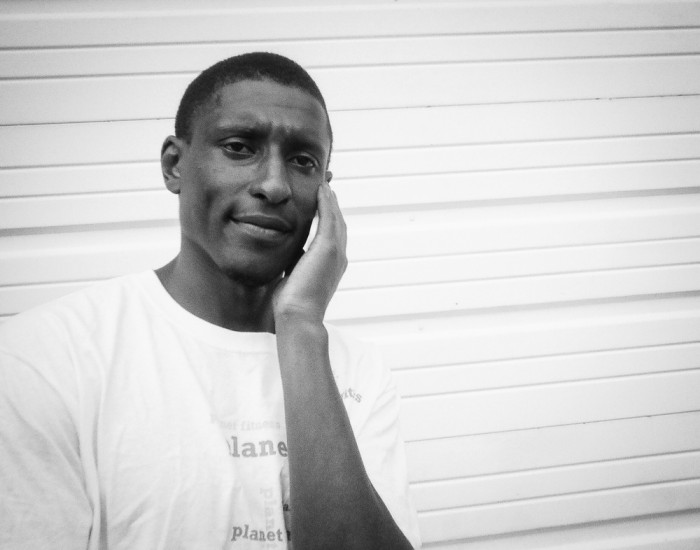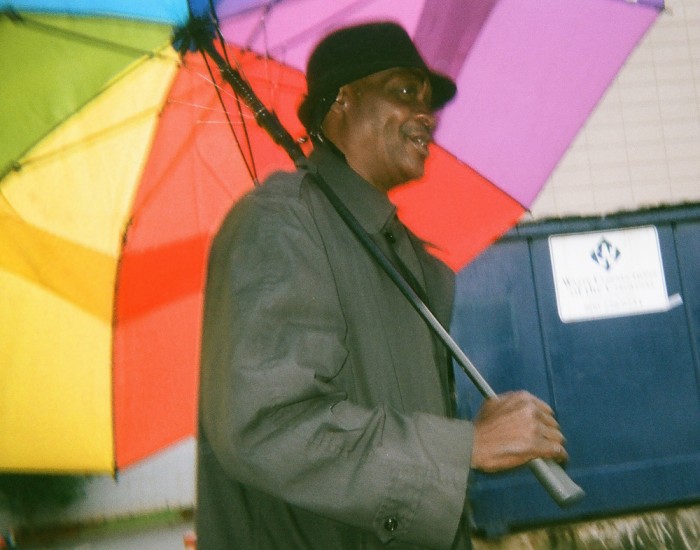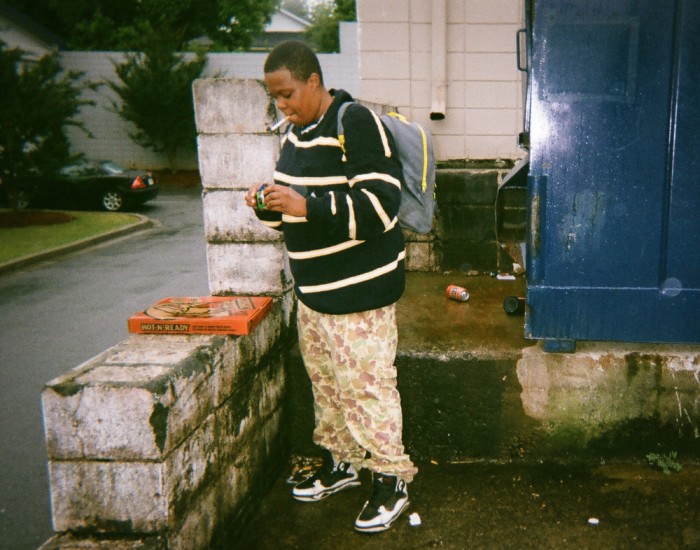From the Series
Most residents in big cities have become relatively desensitised to the sight of the homeless. It is rare that someone sleeping under a bridge or begging for money on a street corner bothers us enough to inspire action. Our limited communication with the homeless is often harried, robotic and routine; we assume to know their story before we’ve heard it. The novel Through Our Eyes project is placing control of the narrative back into their hands through photography
Lead by amateur photographer, Jason Williamson, the Through Our Eyes project distributed 100 disposable Fujifilm cameras to people living on the street, in local shelters or otherwise affected by homelessness in the town of Spartanburg, North Carolina. After five days, 45 of the cameras were returned and over 600 images developed. The results were astonishing.
Tasked with capturing “what matters most to them”, the idea behind the project was to humanise a community by allowing people a glimpse of their passions, families, homes, and inner lives. The images that emerged are ones of unrestrained creativity, bringing visibility to the epidemic of homelessness in the US. “The cameras are disposable,” Williamson told Fusion. “But the people behind them are not.”
A corporate director in digital advertising for ten years before becoming a Baptist pastor, Williamson was inspired by London’s Café Art: a coffee shop and community centre that holds an annual homeless photography project known as MyLondon. He frequently incorporates the craft into his own missionary work and felt that giving those with little the opportunity to make art could provide them with some hope and healing.
The developed images were displayed at the Chapman Cultural Center in South Carolina, and Williamson and a team of judges later selected the Top 20, which were then sold at a charity auction benefitting the homeless. Members of the community were invited to choose their favourites by putting a donation into the lockboxes that accompanied each photo. A former homeless woman named Annette Barnett took the winning image.
As a result of her win Barnett received of paper supplies, groceries, a dinnerware set, and a 39-inch flat-screen television for the new camper she will be staying in. Other participants have gotten offers of employment, shelter, and financial assistance. In one instance it even connected a grandmother and grandson who had lost contact. “This is bigger than a social experiment,” Williamson said. “It’s greater than an art piece. It’s more important than an outreach. This project is a lifeline.”
Read More:
Buitenkant takes a look at homelessness in Cape Town
The BillBed means a good night's sleep for Pakistan's homeless

